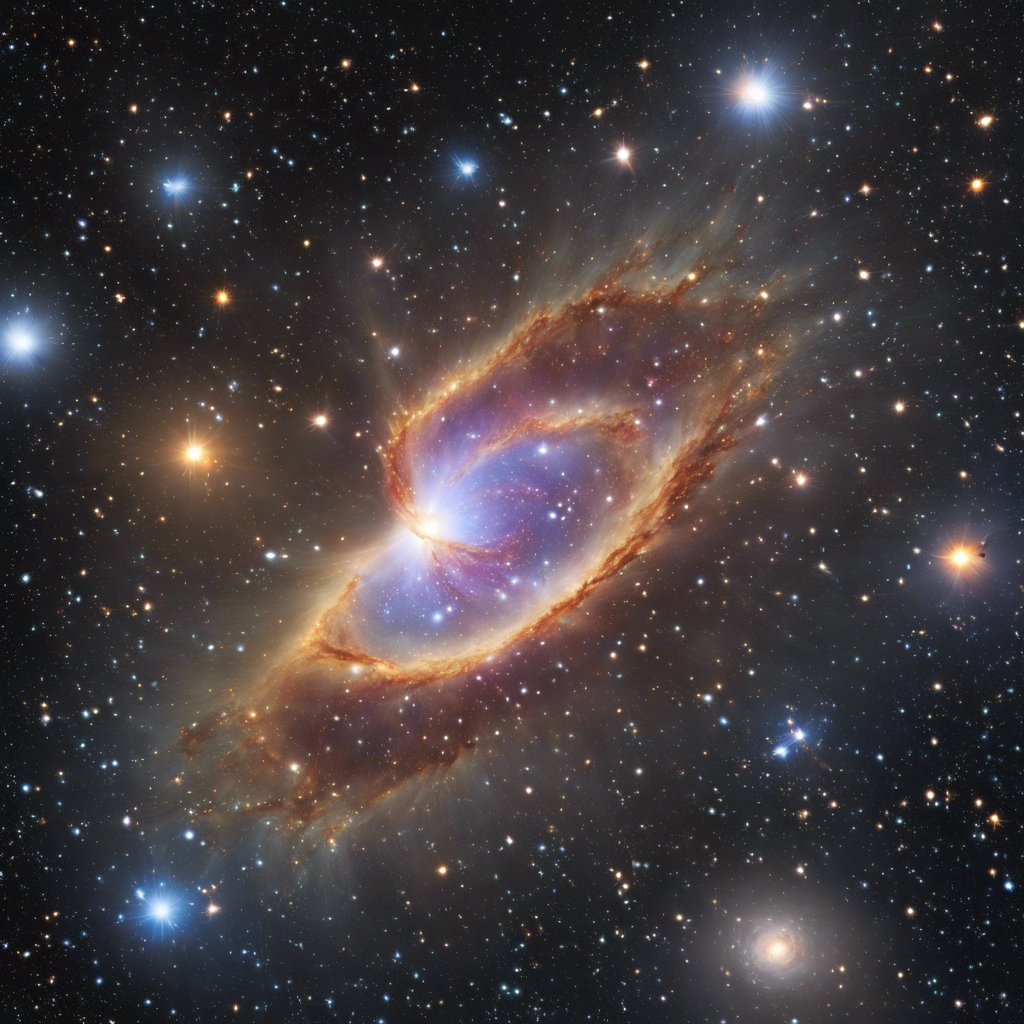Exploring the Complex World of Exoplanet Haze and its Implications for Habitability
In the vast expanse of the universe, the search for habitable planets beyond our solar system has captivated the imagination of scientists and the general public alike. As our understanding of exoplanets continues to expand, a new frontier has emerged – the study of exoplanet atmospheres. Among the intriguing phenomena observed in these distant worlds is the presence of haze, a mysterious and complex phenomenon that can significantly impact the habitability of a planet. Haze has been detected in a wide range of exoplanets, from super-Earths to gas giants, and its composition and properties hold valuable clues about the conditions and processes at work in these alien atmospheres.
Unraveling the Chemistry of Exoplanet Haze
Exoplanet haze is composed of tiny particles suspended in the atmosphere, and its chemical composition plays a crucial role in determining its properties and impact on the planet. Researchers have conducted laboratory experiments to simulate the formation of haze particles and investigate their composition. These experiments have revealed that the chemical makeup of haze can vary widely, ranging from hydrocarbons to silicates and even sulfur compounds. The presence of different chemical species in the haze can have profound implications for the atmospheric processes, such as cloud formation and the scattering and absorption of light.
The Role of Haze in Exoplanet Climate
The presence of haze in an exoplanet’s atmosphere can have a significant impact on its climate and habitability. Haze particles can scatter and absorb incoming sunlight, leading to a cooling effect on the planet’s surface. This can potentially counteract the greenhouse effect caused by the presence of gases like carbon dioxide, making the planet more hospitable for life. However, haze can also trap heat in the atmosphere, leading to a warming effect. The interplay between these competing processes is complex and depends on various factors, including the composition and size distribution of the haze particles.
Probing Exoplanet Atmospheres with Spectroscopy
One of the most powerful tools for studying exoplanet atmospheres is spectroscopy. By analyzing the light that passes through an exoplanet’s atmosphere during a transit, scientists can infer the composition and properties of the atmospheric gases and haze particles. Spectroscopic observations have revealed intriguing features in the transmission spectra of exoplanets, such as Rayleigh scattering and absorption signatures due to the presence of haze. These observations provide valuable insights into the physical and chemical processes occurring in these distant atmospheres.
Insights from Laboratory Experiments and Models
To better understand the formation and properties of exoplanet haze, scientists have turned to laboratory experiments and theoretical models. These studies involve simulating the atmospheric conditions of exoplanets and examining the formation and evolution of haze particles. By varying the composition, size, and other parameters of the particles, researchers can explore the effects of different haze properties on the observed spectra of exoplanets. These experiments and models provide crucial insights into the complex interplay between haze and other atmospheric processes.
Implications for Habitability and the Search for Life
The presence of haze in an exoplanet’s atmosphere has profound implications for its habitability and the potential for life. Haze can shield the planet’s surface from harmful ultraviolet radiation, protecting potential biosignatures and organic molecules from degradation. On the other hand, haze can also obscure the detection of these biosignatures, making it challenging to identify signs of life from afar. Understanding the role of haze in exoplanet atmospheres is therefore crucial for refining our search for habitable worlds and interpreting the data from future missions, such as the James Webb Space Telescope.
Conclusion:
The study of exoplanet haze is a rapidly evolving field that offers a tantalizing glimpse into the diverse and complex atmospheres of distant worlds. From the chemical composition of haze particles to their impact on climate and habitability, researchers are uncovering the intricate interplay between haze and other atmospheric processes. As our knowledge and technology continue to advance, we are inching closer to unraveling the mysteries of exoplanet haze and unlocking the secrets of these alien atmospheres. The quest to find habitable planets and signs of life beyond our solar system is an ongoing adventure, and the study of haze is a crucial piece of this cosmic puzzle.











